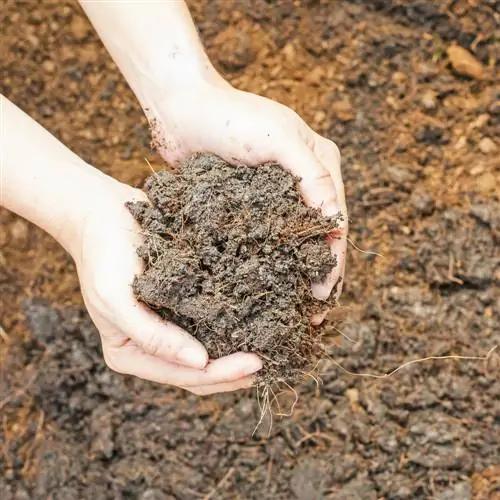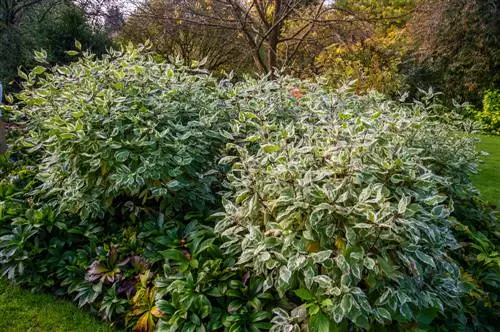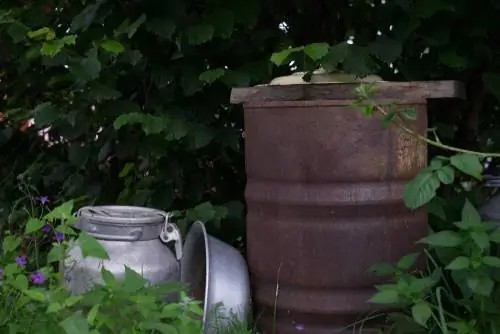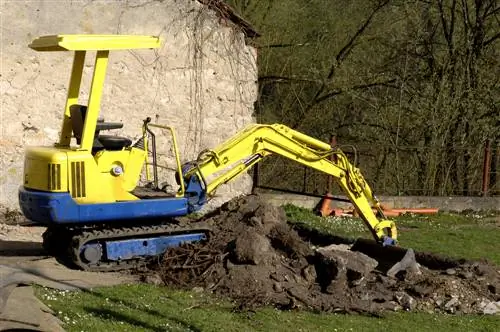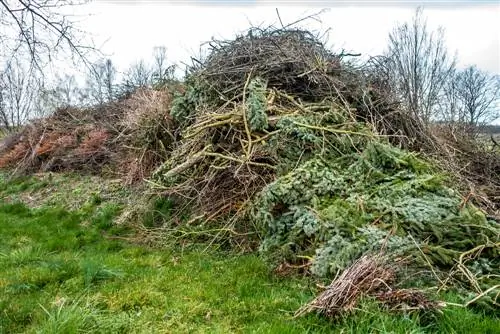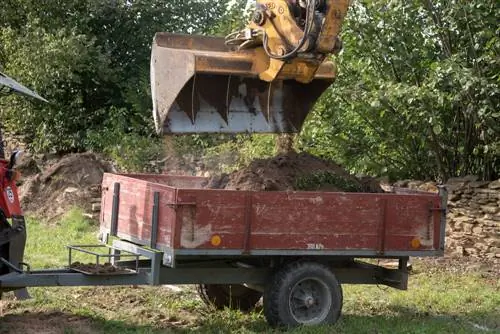- Author admin [email protected].
- Public 2023-12-16 16:46.
- Last modified 2025-01-23 11:22.
When building foundations, swimming pools or houses, excavation is required. This includes sand, clay and clay-containing substrates. Which disposal options come into consideration depends on possible contamination. In rare cases, further use is not possible.

How can you dispose of clay soil properly?
Clay soil can be disposed of by reusing it on your own property, giving it to farmers or disposing of it in containers. For contaminated material, container-based disposal, landfill disposal or hazardous waste treatment are possible options.
Fully recyclable clay soil
This material proves to be uncomplicated because it can be used on your own property. Farmers in the area are often very interested in pure clay soils, so they can give away the excavated soil for free.
If this is not possible, the substrate can be removed by a specialist company. You may only dispose of pollutant-free soil in the excavated soil containers that is free of branches, roots or plant materials such as reeds. Gravel and small stones do not pose a problem. After cleaning, the material is used for flood protection or in the construction of landfills.
Restricted recyclable clay
Special treatment plants filter toxic pollutants from the ground. Since these processes are complex, disposal costs vary. Collection takes place using containers that you can rent for a specific period of time. With a trailer, small amounts of excavated material can be disposed of directly in a landfill. Storage and disposal costs apply here, which you should ask about in advance.
Orientation values for disposal:
- 180 to 250 euros per week if containers are filled yourself
- 300 to 400 euros per week if a specialist company fills the containers
- 1,300 to 1,800 euros per truck load including all costs
Heavily contaminated substrate
In the worst case scenario, the excavated clay soil is considered hazardous waste containing pollutants and impurities. Disposal takes place separately in containers that are designated for waste containing pollutants. The substrate must not be mixed with uncontaminated soil. Waste wood, liquids or mineral excavated earth also do not belong in the same container. Whether further use is possible will be decided after decontamination. The assessment of pollutant levels can only be carried out by a specialist company.
Tip
The humus topsoil is considered worth protecting because it contains valuable nutrients. This should not be disposed of in a container but should be used or given away.

